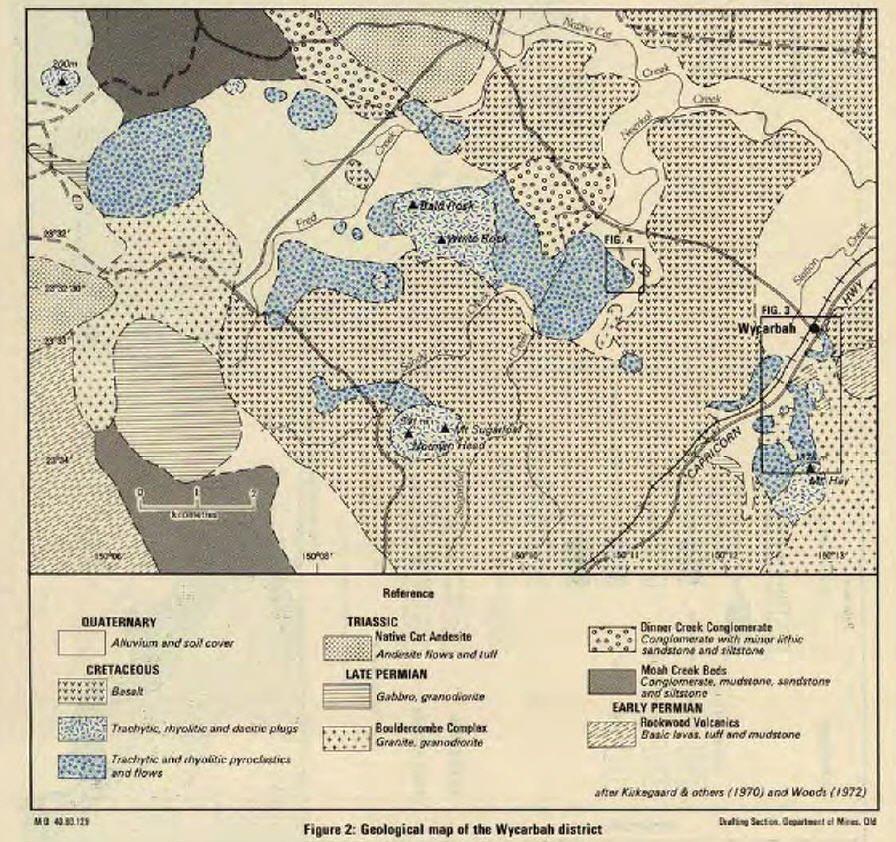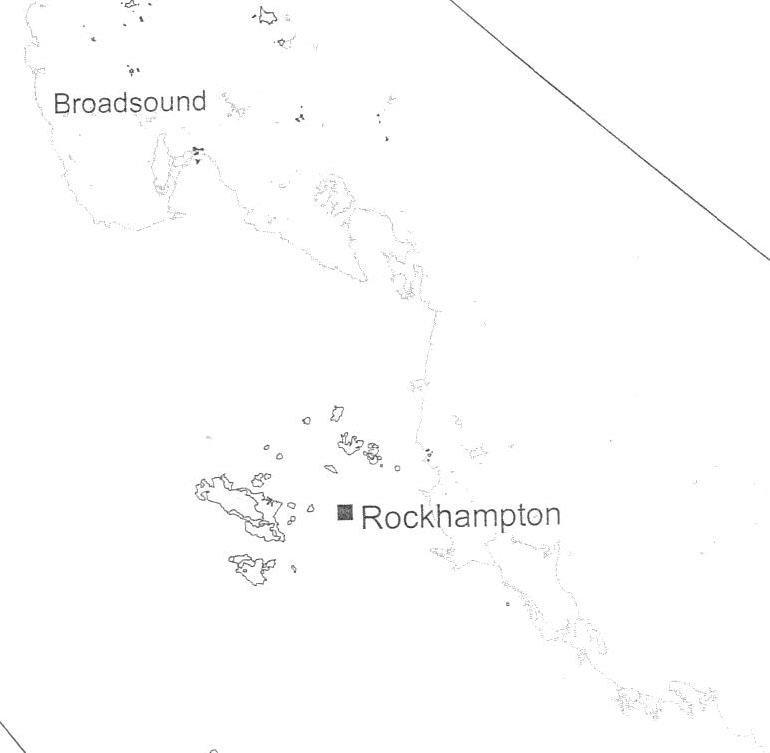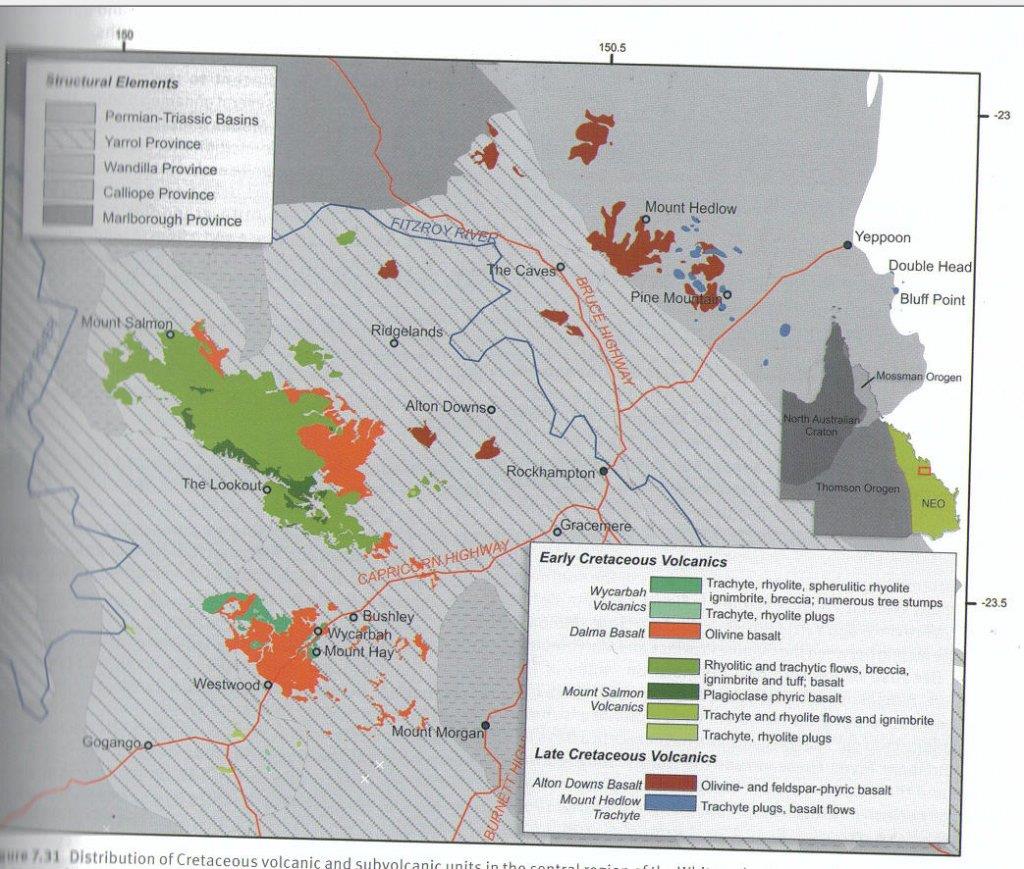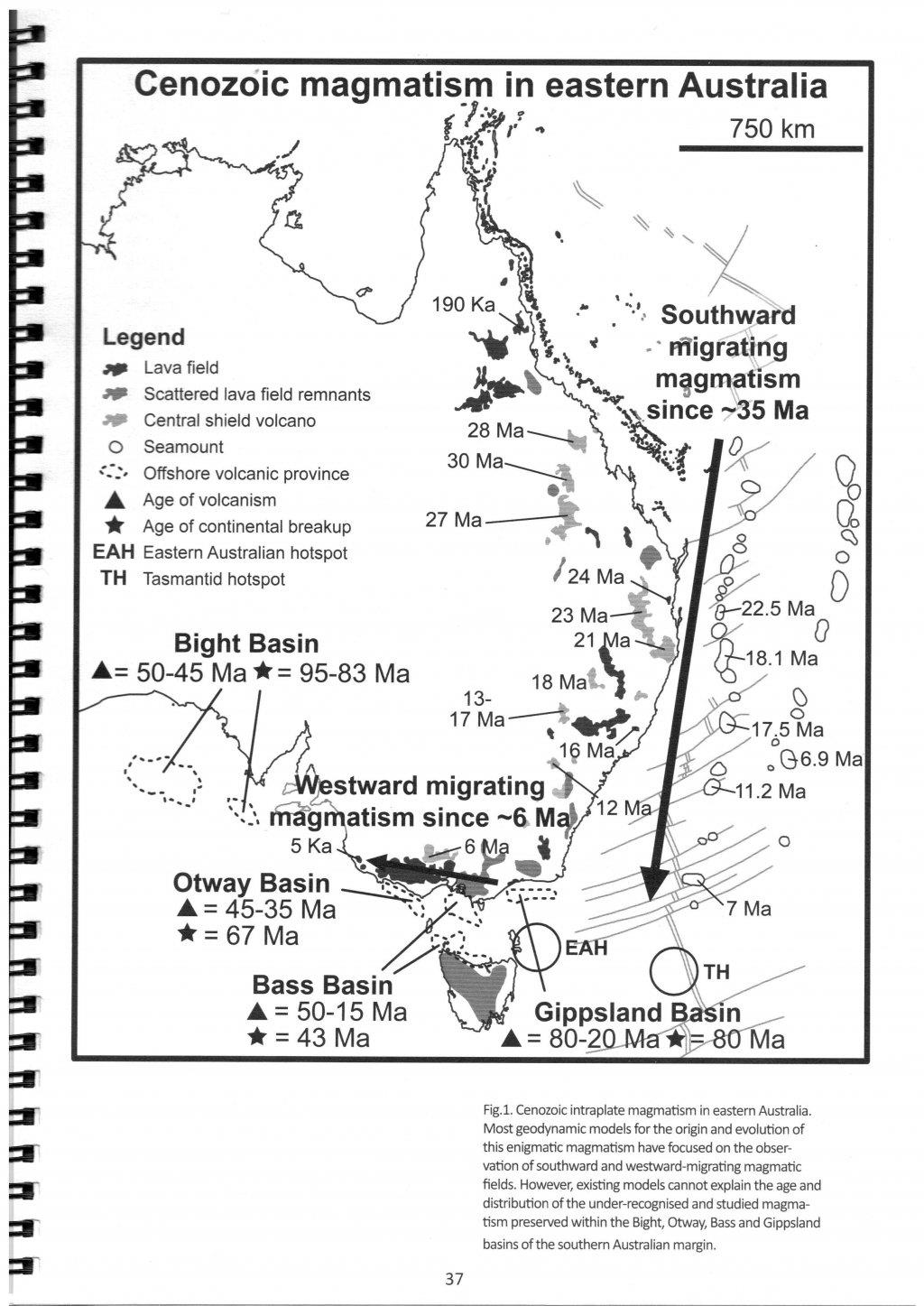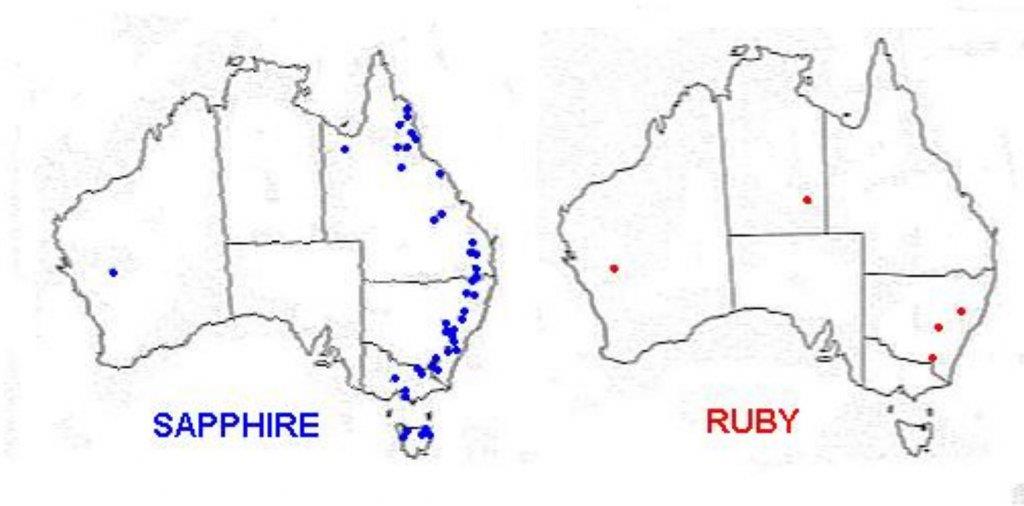Cheers Goldirocks.
My contention was merely that the pet wood, the chalcedonies and other materials found at the site are all related to each other and to the volcanics of the area based on a variety of observations. Happy to consider that the wood was already silicified before any eruptions ever occurred there - but I do feel that it's current state (overgrown and infilled with chalcedony of identical appearance to the (to my eyes) volcanic -looking globs of the same chalcedony lying there beside it) is strongly suggestive of the wood having been exposed to volcanic processes.
Like I mentioned, this is important for me since as we know, volcanoes tend to spit up all sorts of interesting things in many places. If I find something that seems volcanically related then it's a cue for me to have a good scratch around the hills and gullies of the area.
Also for this reason, I'd like to get some specimens of these agates and chalcedonies that have been formed with no relationship to igneous rocks. Firstly because I like to collect such things and secondly, to see if there's any difference that can be discerned without scientific instruments between igneous and non-igneous derived. Same reason as above - I find some agate nodules and think "there's been some hot activity, quite possibly close by" and start scratching around for other interesting things (not suggesting that the agates themselves are not worth collecting of course, I would gladly take them home) and likely be wasting my time if nothing igneous had ever been there. Most gemmy - but not all, a lot of precious opal for example - things have igneous origins.
It seems logical - though possibly still incorrect - to nonetheless assume that the amount of hot-rock formed chalcedonies in a given region is probably in proportion to the amount of igneous ground in that region - maybe this is why everything made of these types of silicas that I see appears to be directly related to igneous formations?
In the interest of honesty and accuracy, there is still another alternative, and that is that hot water from a volcano can flow out through its adjacent lava or tuff and replace any wood in it. But there are still issues like, it rarely extends out more than a few hundred metres before it is cool,
Yes, that sounds logical to me. But the one thing that appears less common here is "stand alone" volcanic necks. The volcanic plugs here are often in big groupings (there are over 70 on the Anakie gemfields) so there might have been a multiplier effect, even if all vents in a group as it stands today were not going off at the same time. The extinct volcanoes in this area seem to start (or finish, take you pick) near Yepoon (Mount Jim Crow national park). Actually, they seem to start right on the shore line and the Keppel islands may even be related, not sure. They stretch up past Rockhampton then out west toward this particular site and then seem to run roughly north towards Marlborough and south toward my area.
Queensland is a popular tourist destination today but there was obviously a time when it would have been rather unpleasant to be here, you would have been trying to dodge glowing hot boulders, lava bombs, flowing magma, choking ash and toxic gas

I'm glad it's quieter today





